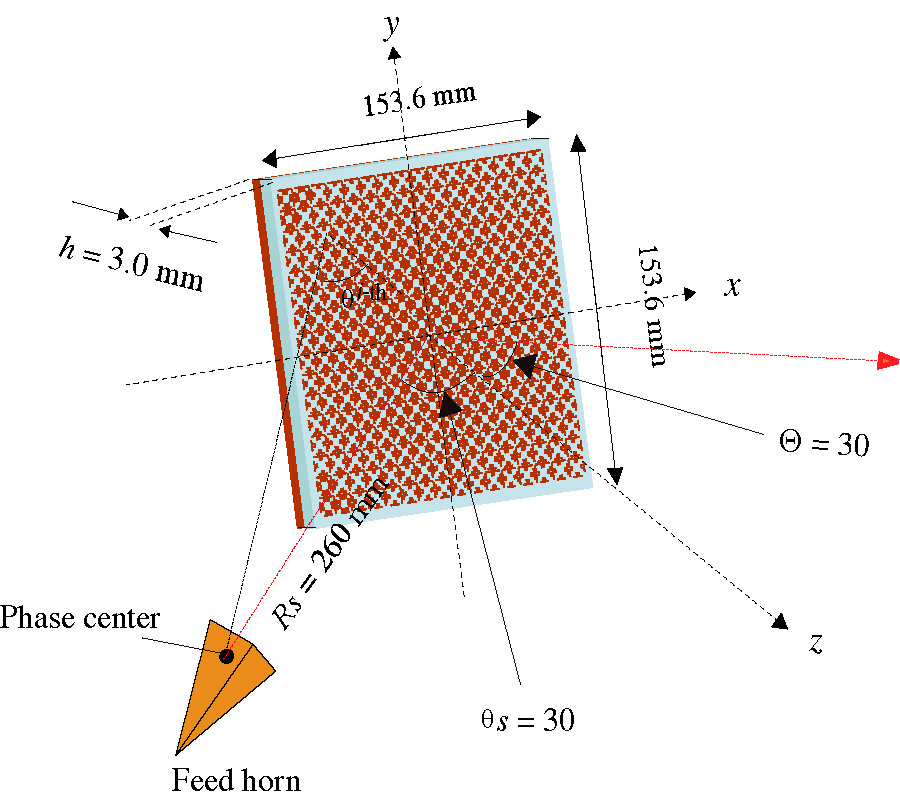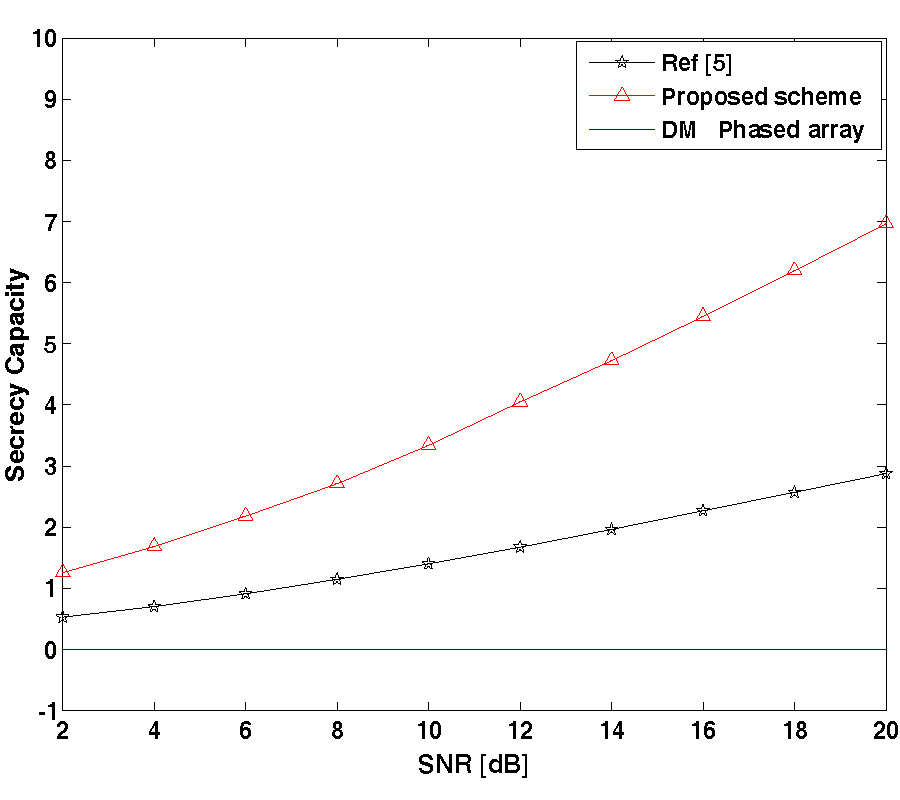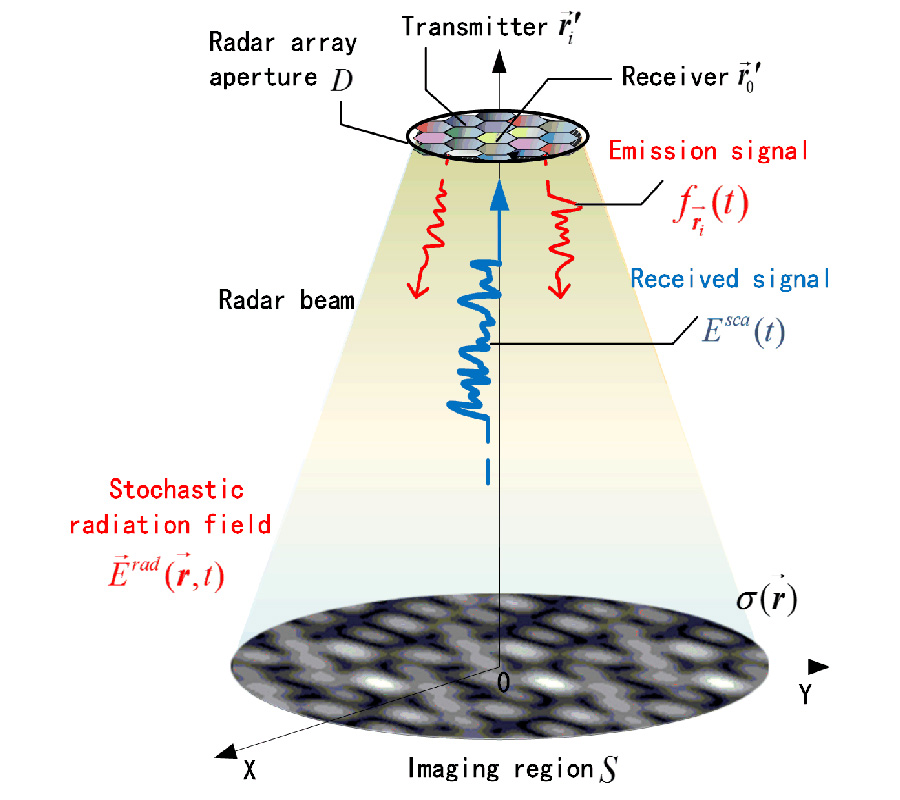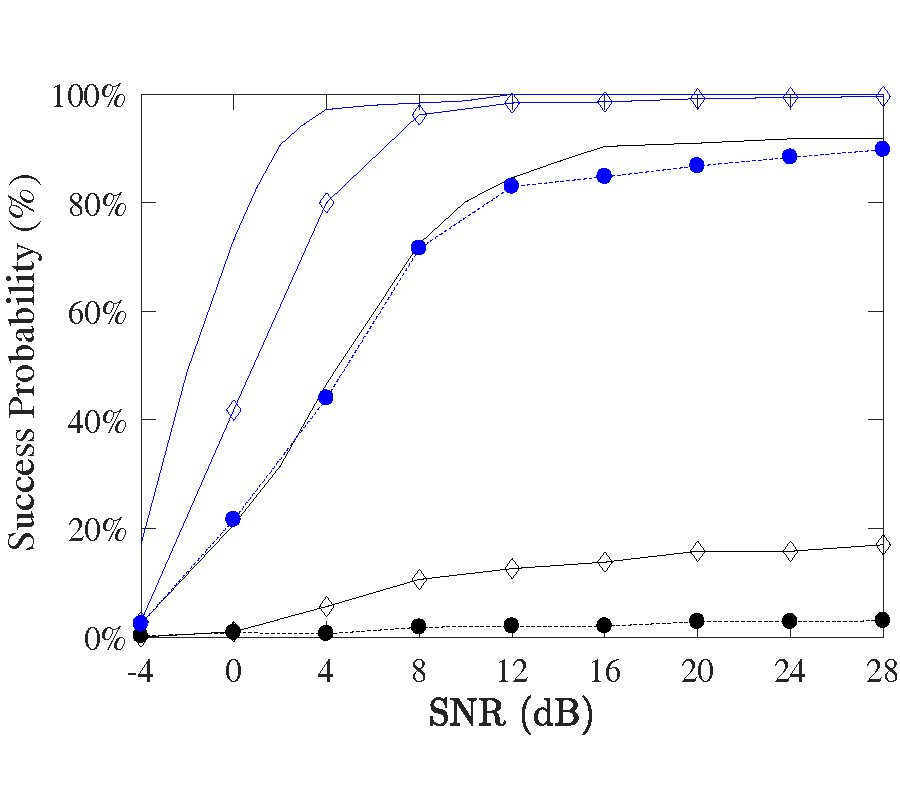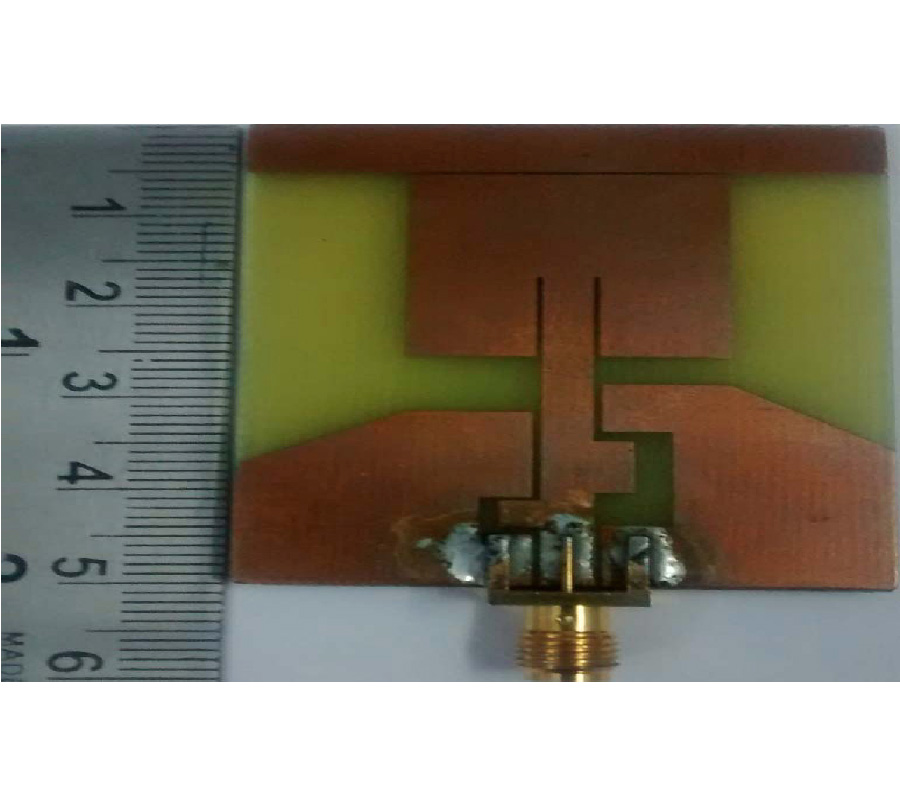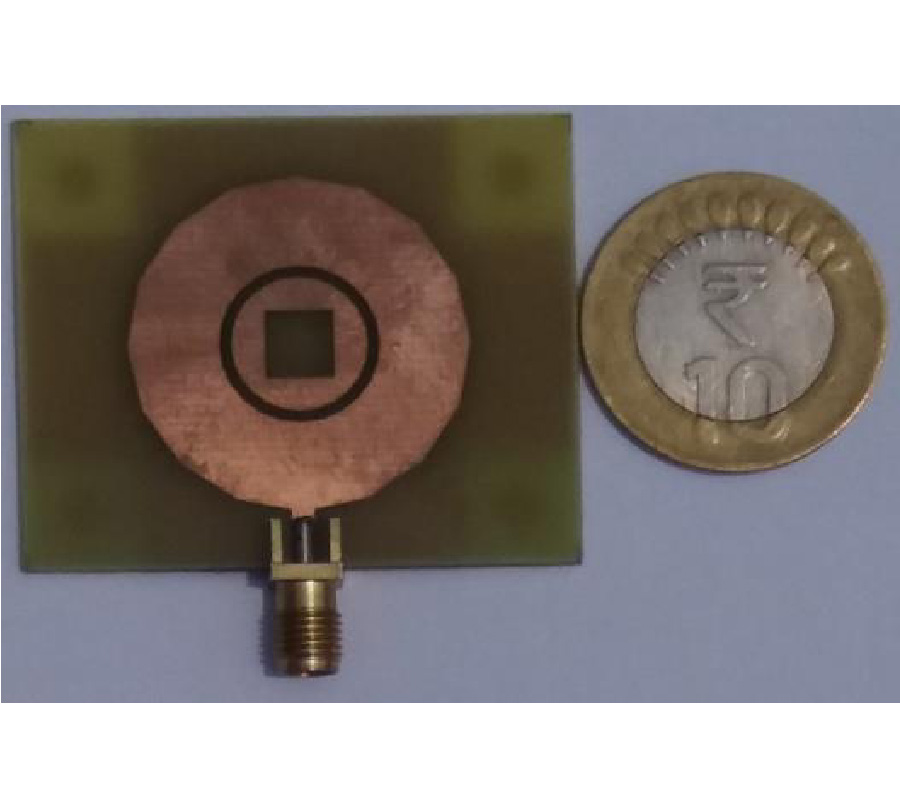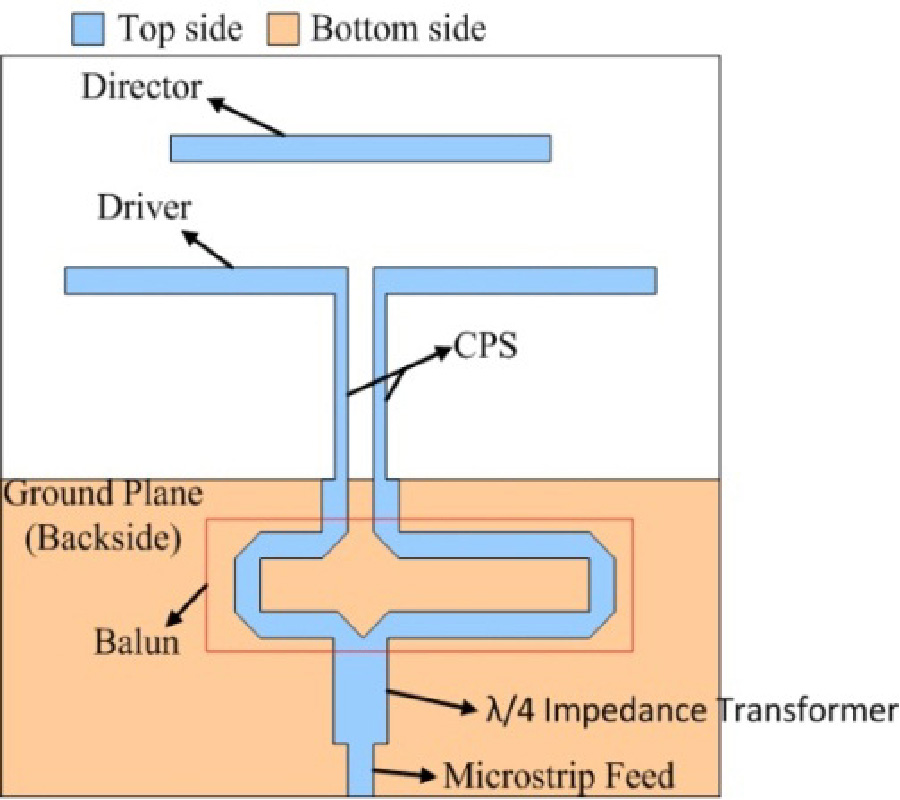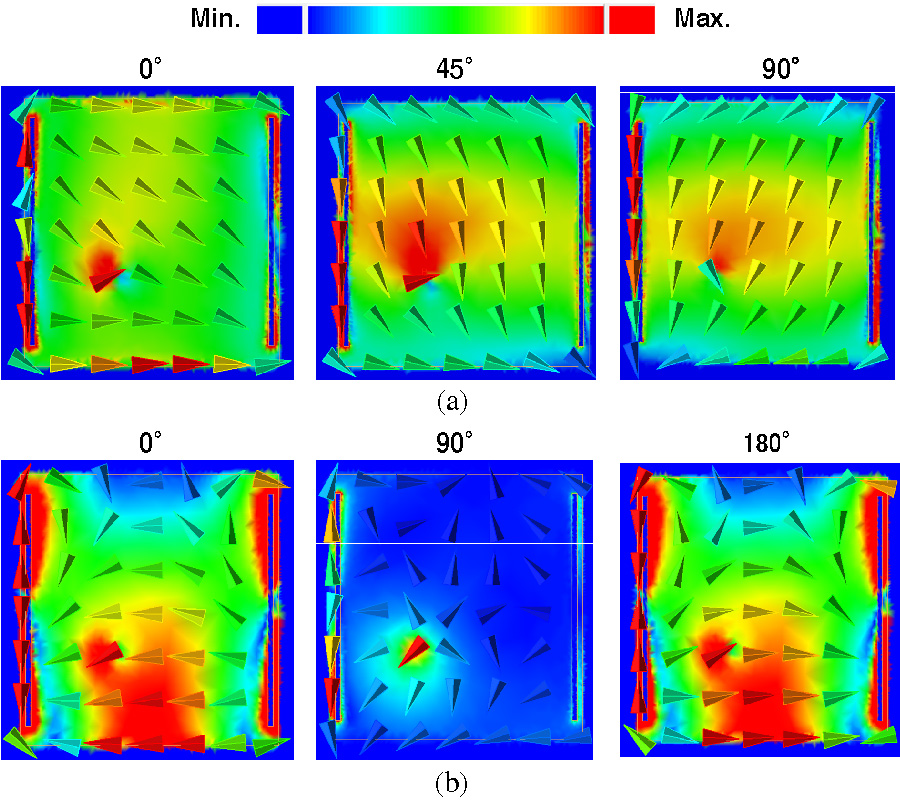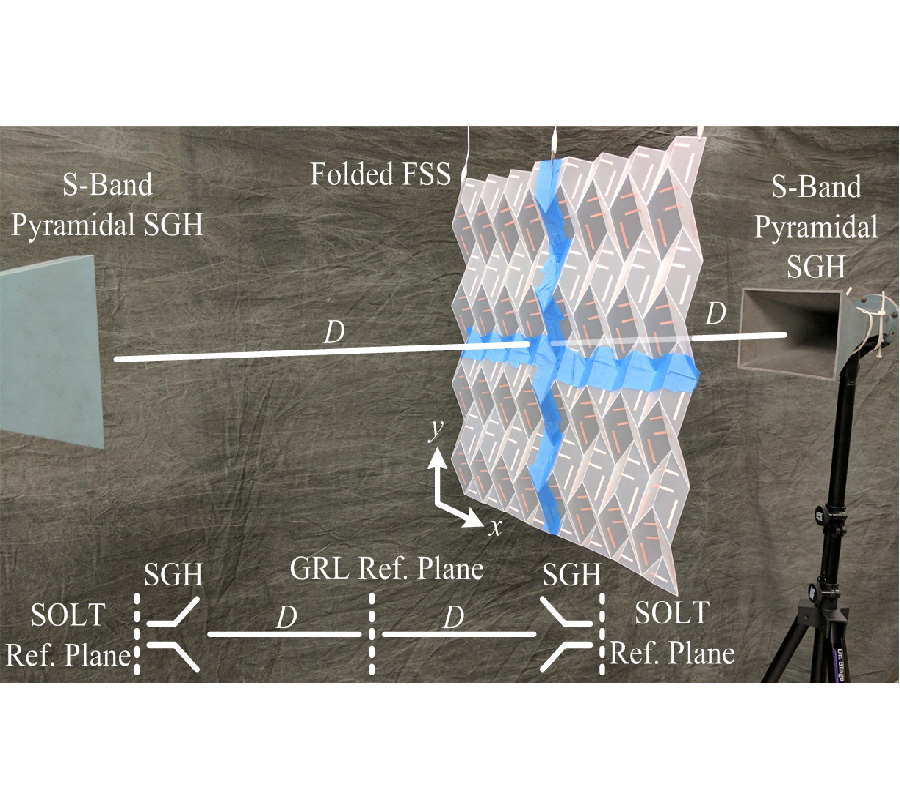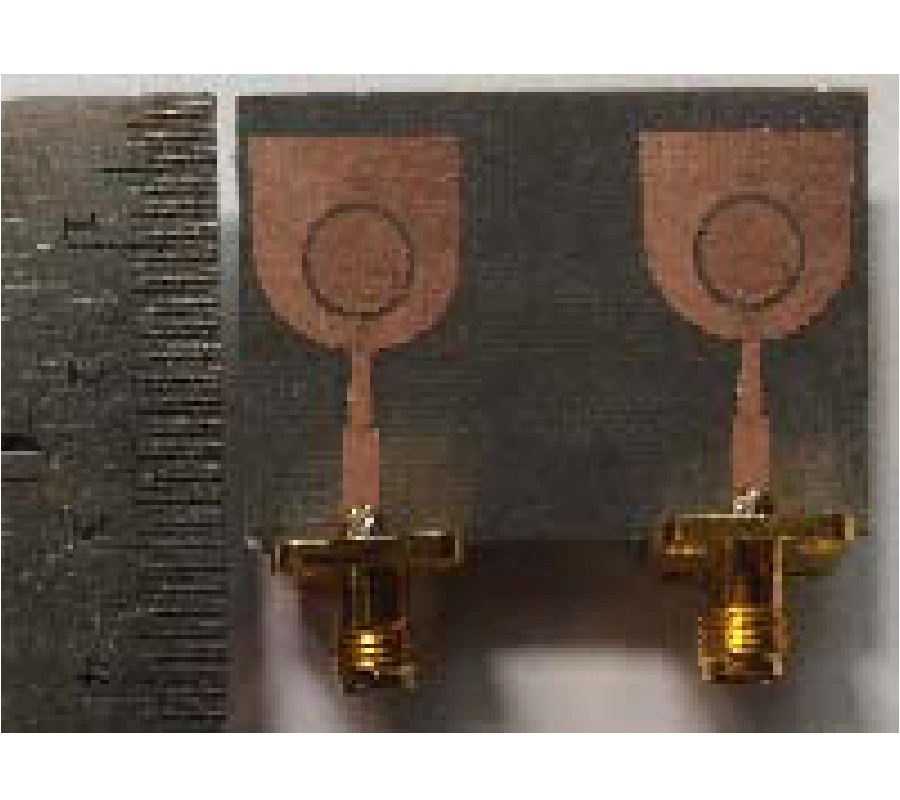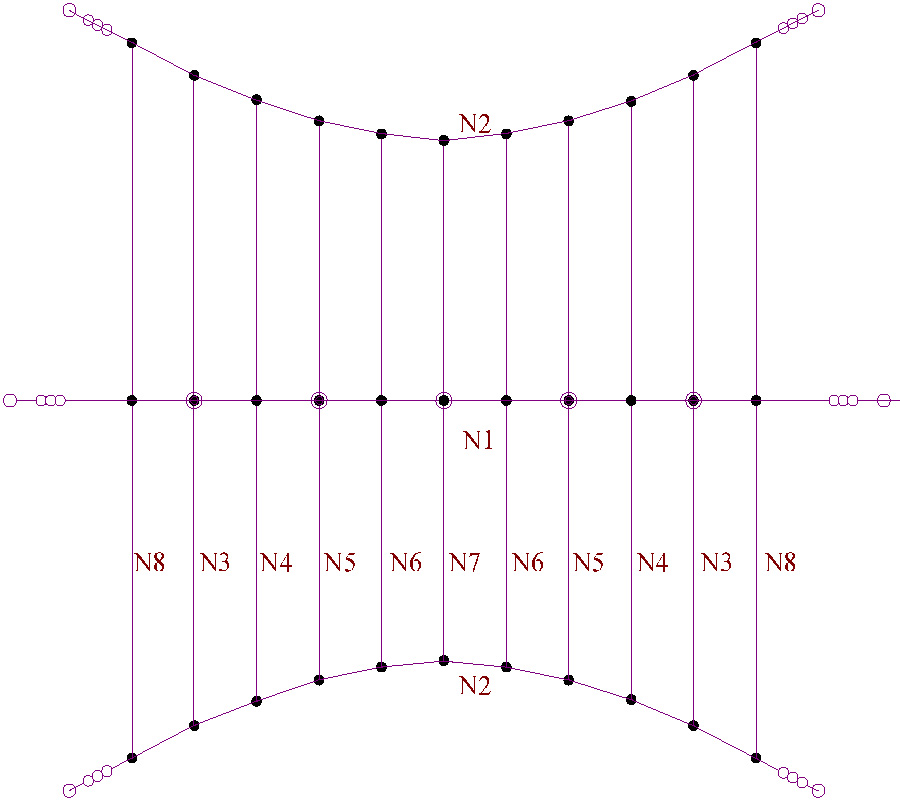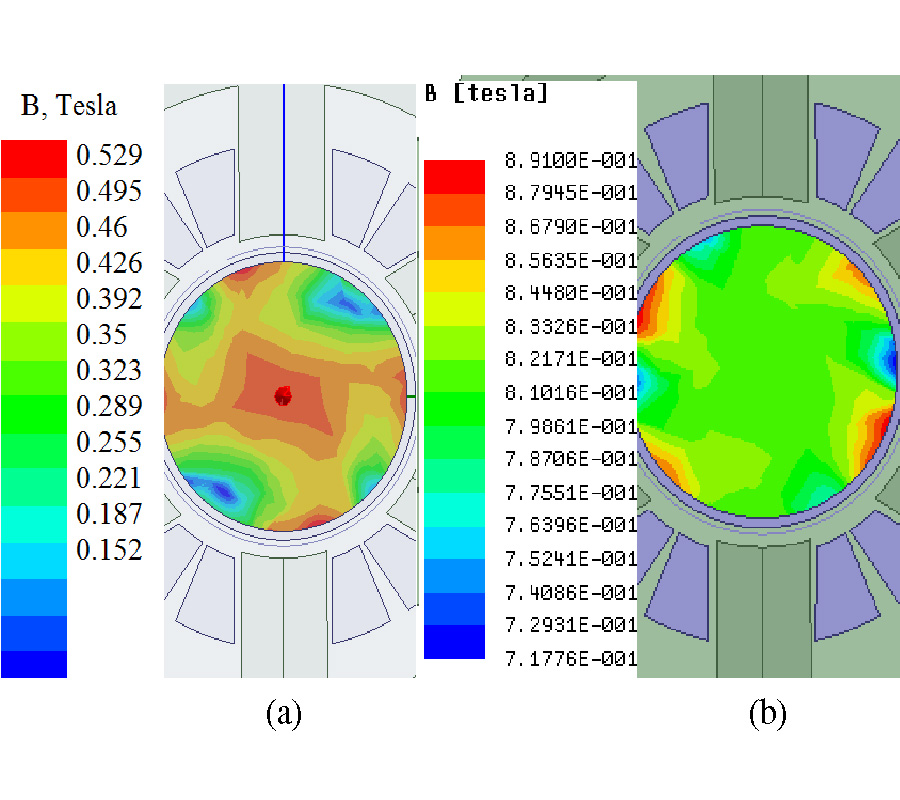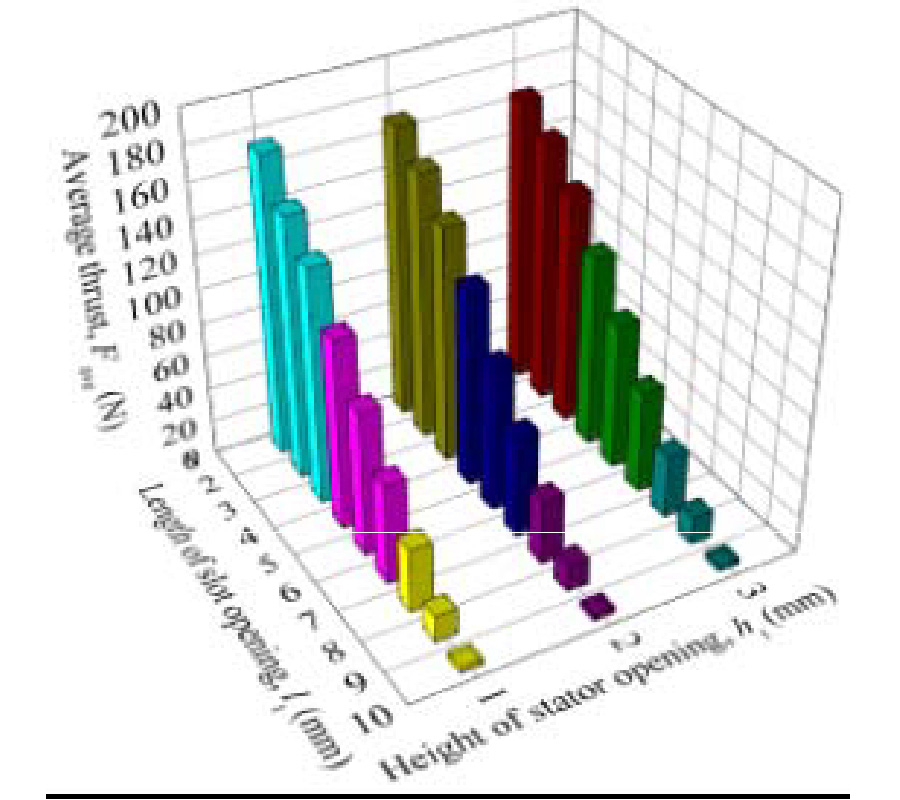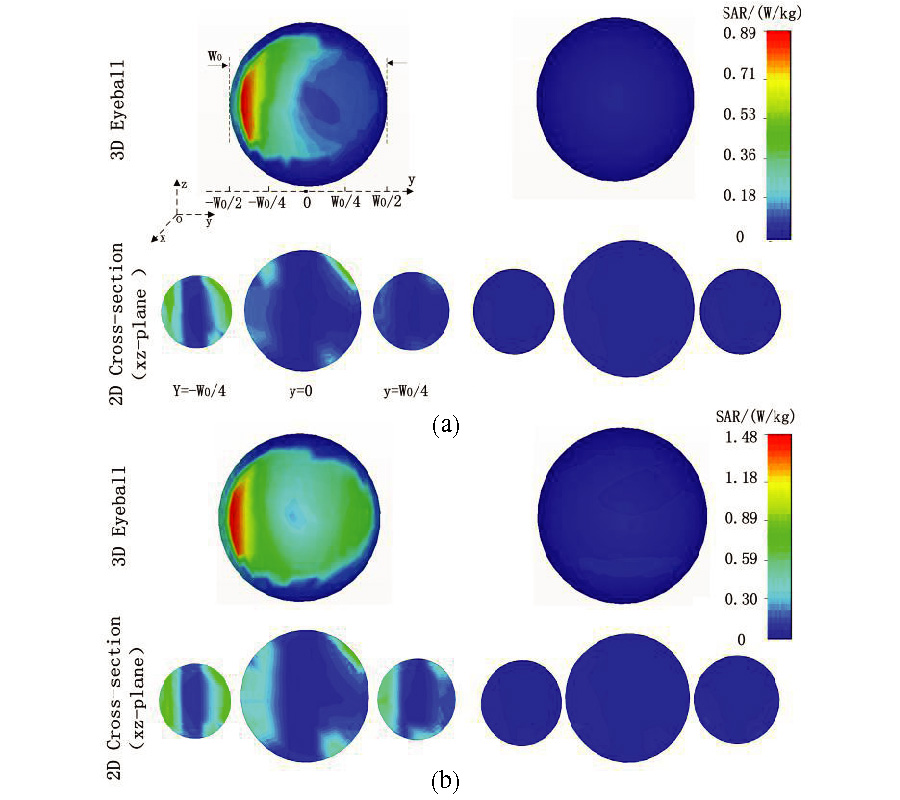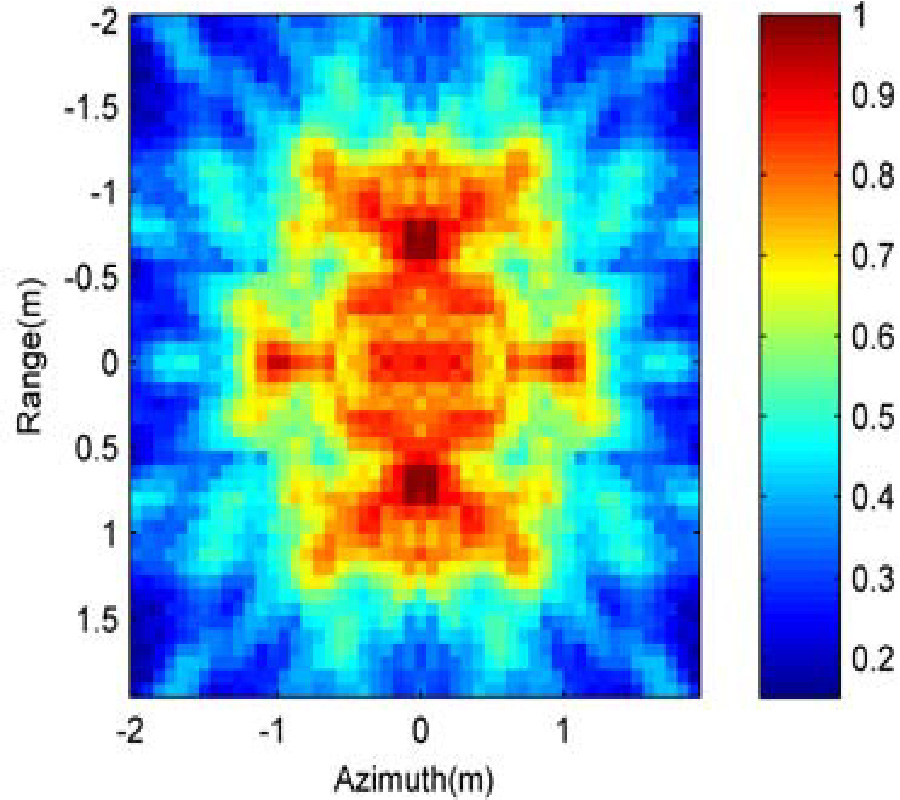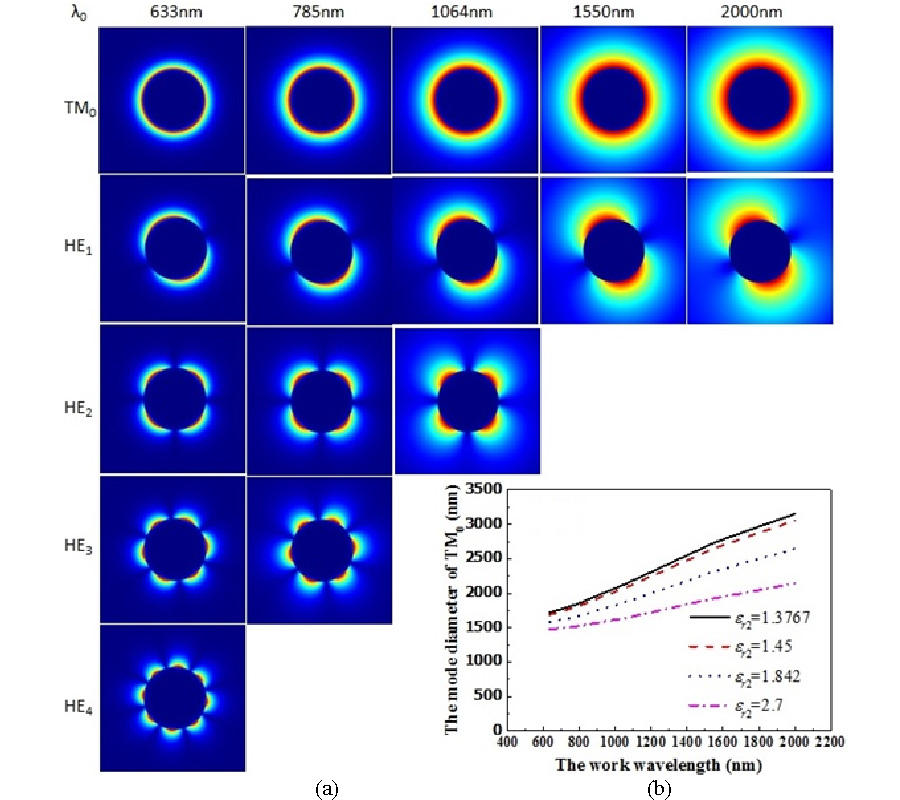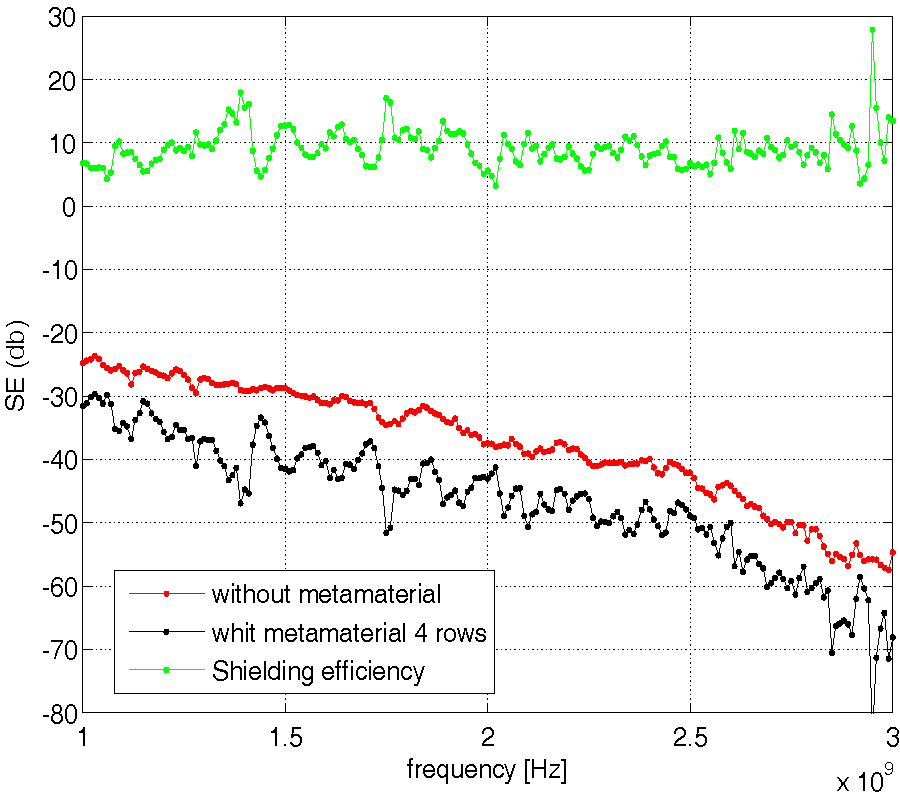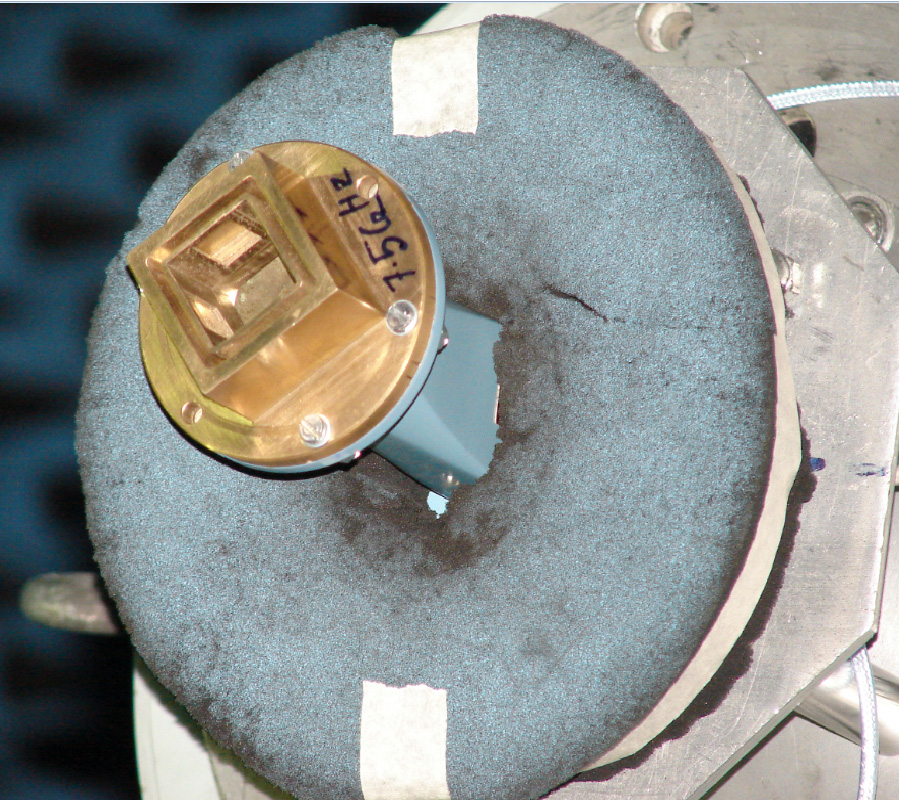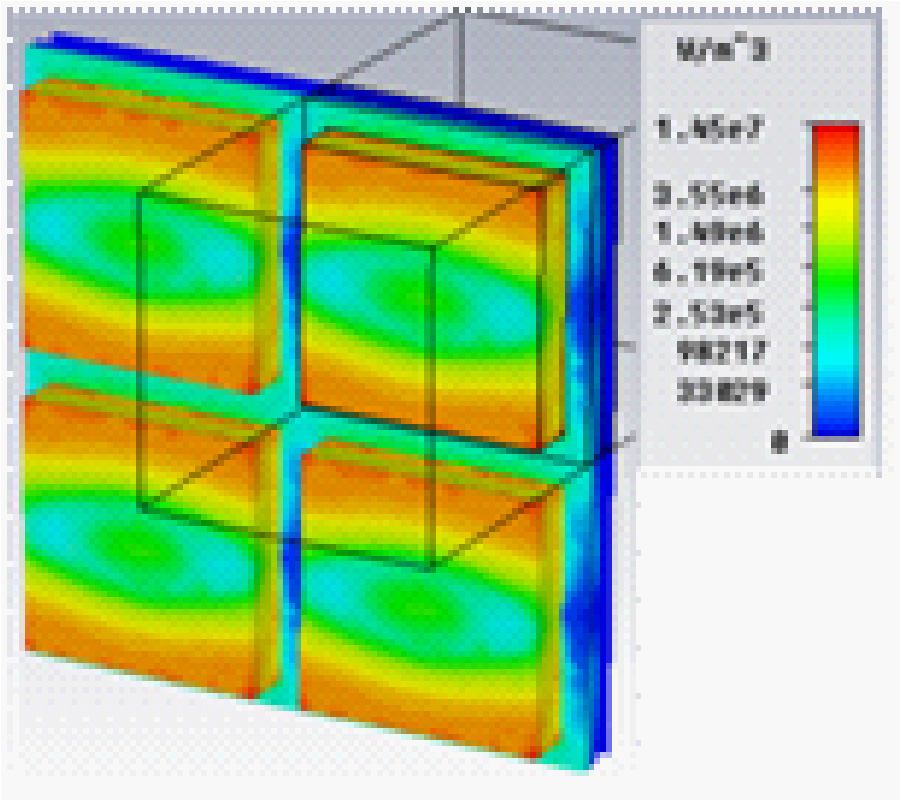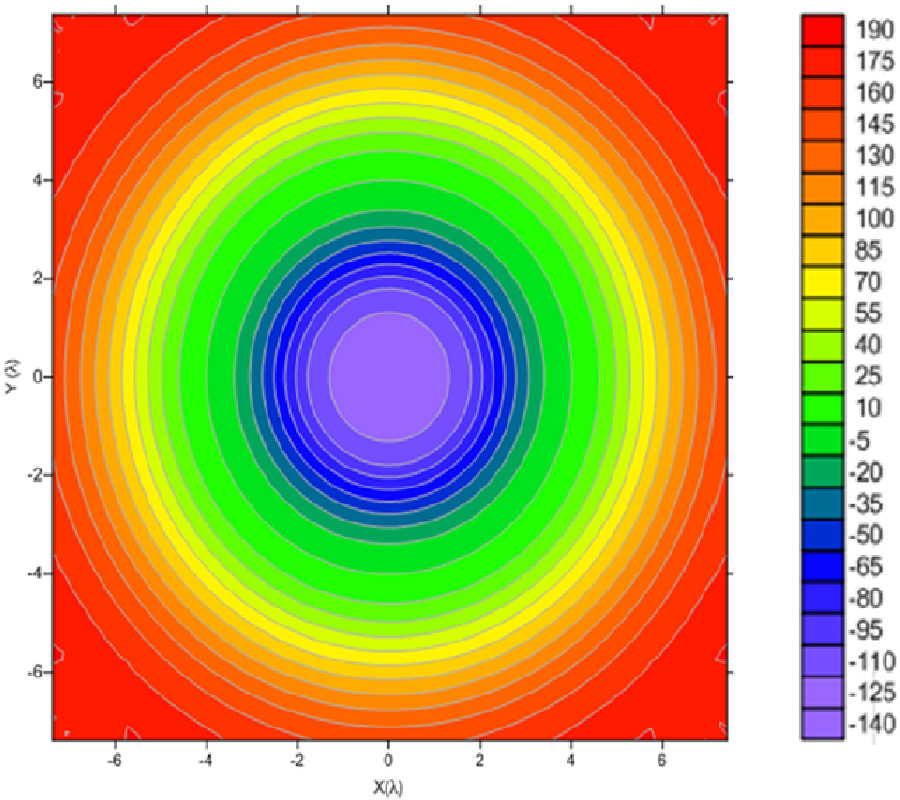Design of the Permanent Magnet Linear Synchronous Motor for High Thrust and Low Cogging Force Performance
Nur Ashikin Mohd Nasir,
Fairul Azhar bin Abdul Shukor,
Raja Nor Firdaus,
Hiroyuki Wakiwaka,
Kunihisa Tashiro and
Masami Nirei
Permanent magnet linear synchronous motors (PMLSM) are well known for its high thrust performance. However, such high thrust can be distorted by the existence of cogging force due to the attraction between stator core and permanent magnet (PM). To improve its performance, two parts of the PMLSM structure were considered during the design. They are PM magnetization arrangement on mover side and stator slot opening parameters on stator side. The designed models were simulated by using FEM software, and the performances of the models are then compared. The aim of the design is to achieve high thrust and low cogging force characteristics. Apart from average thrust Fave and cogging force Fcog, the performance of the PMLSM is also evaluated using average thrust, Fave to cogging force ratio Fcog, called as thrust ratio. Based on the design, the highest thrust ratio Fave: Fcog, obtained from radial, axial and Halbach models, are 2.5032, 2.6262 and 1.8437, respectively.
